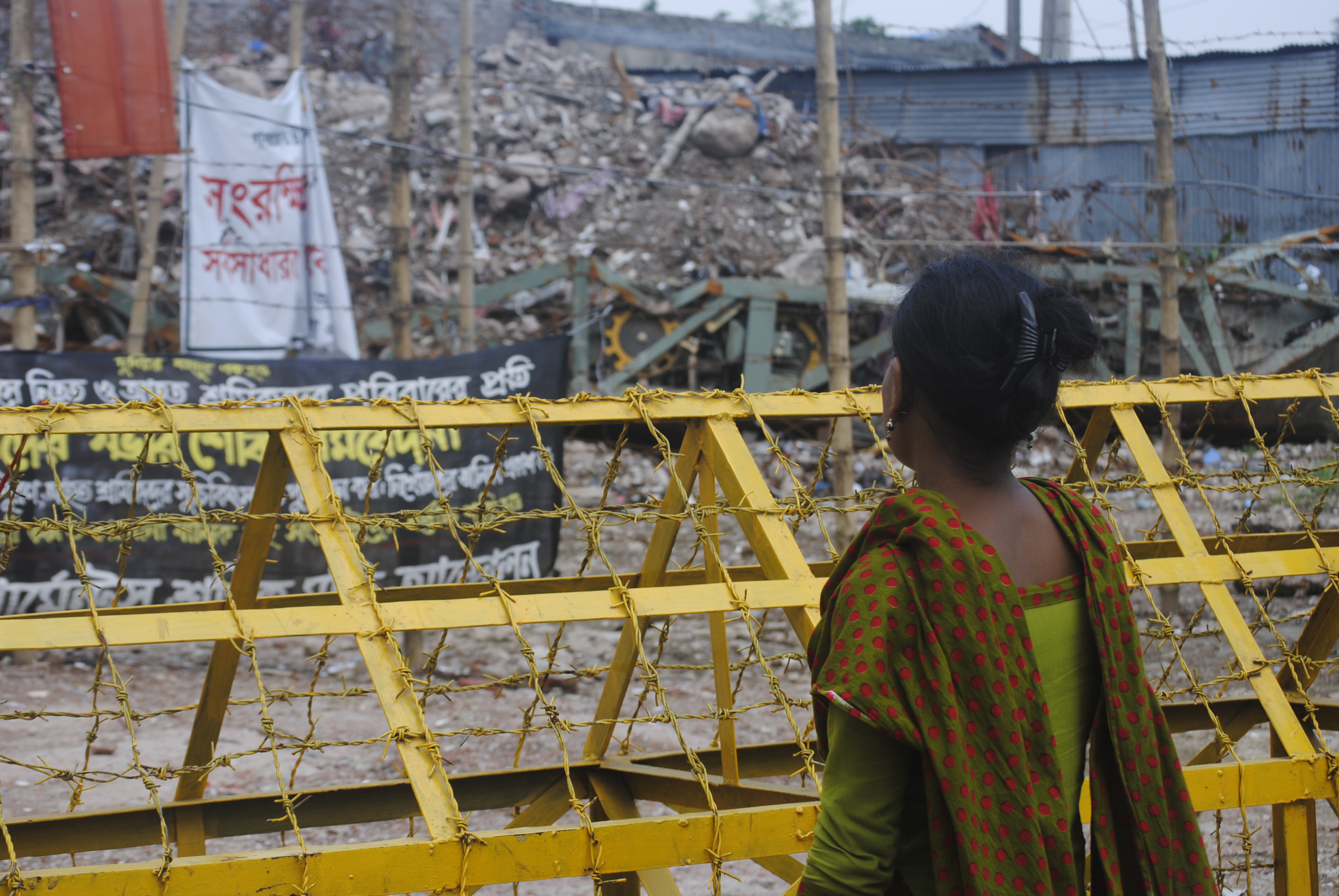
Two months after the Rana Plaza building collapse in Savar, Bangladesh on April 24, where over a thousand workers died and countless others were injured, families who lost a loved one or workers who were seriously injured face obstacles in obtaining compensation for lost wages, adequate health care for issues related to their injuries, and counseling for severe post-traumatic stress from the tragedy. It is hard to imagine the full ripple effects of the tragedy in the workers’ families and communities, unless one realizes that garment workers were the primary or steady wage earners in their families, who were overwhelmingly young women. The workers’ salaries supported not only their immediate families, but also that of their extended families. Injuries, including those to pelvic areas, have created women’s health issues unique to a predominantly female workforce.
Female Garment Workers as Primary Wage Earners
Sixteen-year old Sabina supports her three sisters and parents as a garment worker. She is unable to attend school because she is forced to work to support her younger sisters and parents. Now, traumatized by the collapse, she no longer wants to go back to the garment factory. Her mother by her side as she recuperates with other workers in a dedicated Rana Plaza unit at the Centre for the Rehabilitation of the Paralysed, Sabina worries about what other work she could find. Most likely, she will return to her village.
Pressure on Children to Drop Out of School to Support Their Family
The tragedy’s impact on the workers’ children also is not often mentioned in the news. Shilpi, whose arm was amputated in order to free her from the rubble, has three daughters and one son. As a helper, she earned 3,000 taka monthly ($38) for the family. Her husband, who suffers from a chronic health condition, is unable to work. Without any income, she cannot pay for the children’s school fees, and so now all three of her daughters have stopped attending school.
Most likely, they will be forced to take on some work to support the family. Shilpi’s story is common and the inability to work will increase the pressure on young children to seek work and will increase the amount of child labor in Bangladesh. When asked what she hopes for the future, Shilpi says, “I want to work, so my kids can go to school.” While many children lost one parent, many children have been orphaned as a result of the tragedy, and they have no source of support. It is reported there are about 20 or so such children. There has been no monitoring of their financial and educational needs. It is not clear whether they have any guardians who are able to take care of them. Grandparents who have taken responsibility for the children are also unable to care for them.
The collateral impact of Rana Plaza on families already economically stretched will create shifts in familial relationships that will reveal some much-needed gaps in services. Understandably, the first line of attention is on holding the retailers responsible and gaining some compensation for the workers, but in the coming months, non-profit and social service organizations will need to pay serious attention to the other socio-economic impacts of the tragedy.
Monetary Compensation from Tragedy is not Reaching Everyone
Even in the area of compensation, workers complain that they are not receiving back wages from factory owners or the compensation from the government.
Some workers have reported to have received an average of 10,000 taka ($125), but when you count that their average monthly wages ranged from 3,000-10,000 taka monthly ($38-$125) that income would quickly be depleted. Family members run around frustrated trying to gather documents, to get the compensation for their families. Advocates, capable to identify the exact hindrance in the distribution of financial support, are necessary to ensure that workers get their due compensation.
Women Centered Health Services for the Young Female Worker
Another issue that is least discussed is the diminished role of women in the household from a primary income earner, and those who are now disabled, to an economic “burden.” Most of the women I interviewed at the CRP Rana Plaza Ward were the primary income earners for their families or were the ones who earned a steady income in contrast to their husbands who were day laborers. Physical therapist, Tanzeena Kabir, communicated to me that in addition to amputees and lower back fractures, one common injury she is observing is pelvic fractures. The pelvic fracture either completely destroys the women’s uterus or injures reproductive organs, and so women are unable to have children or maintain an intimate relationship with their husbands for an extended period of time.
Rubina Begum who worked at Rana Plaza for two years, suffers from a serious pelvic fracture. She shared with me that doctors said she cannot maintain what she says a “husband-wife” relationship for one year. Her husband is a day laborer, and she, like Shipi, is the primary earner for her immediate family comprised of her seven-year old son and extended family. She worries that now she will be neither valued as a worker nor as a wife. Her case is not alone as many women who find their diminished economic ability as wage earners and social standing as wife/mothers will create difficulties at home. There need to be better studies on this as well as access to women centered heath services in order to support the women during this transition period.
Alternative Sources of Income to Maintain Women’s Financial Independence
Despite the debate on the broader macro-economic issues on the processes of Bangladeshi underdevelopment, releasing the female labor force from a predominantly agrarian society in order to provide necessary labor power for the export oriented garment industry was not a smooth process. It has always been exploitative and often traumatic for young women leaving their families and villages to migrate to cities. However, one major argument in favor of garment factory work was that it provided the opportunity for women to enter into contractual relationships with the factory owners and thus provide conditions for her transformation from being free from personal dependence to an individual social person. Because of its higher pay, the garment work offers some amount of financial independence and a sense of individuality and empowerment compared to other jobs typically held by working class women such as domestic work. No longer able to earn similar wages, or in some cases work at all, these women also cannot assume a traditional role of wife/mother. It is not surprising that all of the women I spoke to at the CRP and at the Rana Plaza site expressed a strong desire to work with dignity. Rubina believes that the Bangladeshi Government is responsible for this tragedy as well as the US retailers. What is more horrific and disgraceful about the Bangladeshi Government’s and the US retailers’ lack of action and concern is that Rubina’s demand, like others in her predicament, is not much, she asks for just enough for her family to survive. She earned, with overtime 7,000 taka monthly, which approximately is $80. She too worries about her son’s education and what his life will be like now.
Despite the serious injuries and trauma from the building collapse, the women consistently echoed their concerns for their children’s future, and their ability to economically support their families. Sonali Begum laments, “I made clothes for kids, pretty dresses, but now I can’t even feed my own kids.” She fractured her lower back and cannot walk without physical therapy and requires the use of a back brace. She left her daughter with her mother in their rural village, and her income supported her daughter and her mother.
Improvement of Labor Standards and Delivery of Comprehensive Services from City to Rural Areas
Given that 90% of garment workers are women, and young, in their 20s, the gendered aspects of the tragedy reveals the need for comprehensive women’s health services as well as income safety-nets for families to continue to send their children to school so that they are not forced to abandon school in order to work. In addition, organizations need to fight for improved labor standards in the industry. The challenge to the delivery of services will be the availability of information on workers and the maintenance of proper records. Because the garment sector pulls women from rural areas, many workers have returned to their village homes because living in Dhaka without any source of income is very expensive. They return to households that relied on their income. Mallika Begum would send almost half of her wages to her parents. Alternative income sources need to be created in the rural areas so that women can continue to provide some income to their families, and recuperate and rehabilitate with extended family. The delivery of these dispersed services in rural areas will require coordination among worker groups that have the workers’ contact information and non-profit social service providers. This coordination is critical in order to administer comprehensive health services to the women, not only in Dhaka, but also in the rural areas.
Culturally Competent Social Work and Mental Heath Services
Another key issue related to the collapse is the need for culturally appropriate mental health services. Mental health issues are generally taboo in Bangladeshi society and without a mechanism to process the loss, many family members come to the building collapse site to mourn their loved ones. Given the enormity of the tragedy, there has not been an opportunity to publicly mourn the deaths and those who survived feel either intense guilt or suffer from depression because they cannot imagine their futures. Some families have not yet been able to locate the bodies of their loved ones. There is also an anxiety of being forgotten. This is understandable because while advocates focus their attention on improving safety and legal norms, the workers who will benefit from the advocacy are often rendered invisible. Family members hold pictures of their wives, daughters or sisters, as if they fear they will be forgotten.
Memorial to Remember Workers from Rana Plaza, Tazreen and Other Workplace Tragedies
On a national level, there must be a memorial for workers who lost their lives at Rana Plaza and Tazreen Factory and for all workers in general who have lost their lives due to unsafe workplaces. As of today, there sits an abandoned car in a pool of yesterday’s rain, next to a pile high of rubble.
A sign reads, in part, that workers who died there are “shaheed.” Shaheed is popularly translated to signify “martyrs,” but a better translation is to “bear witness”. The workers who lost their lives bear witness to the injustices of workplace conditions. Memorials can serve as powerful remembrances for lives lost and as constant physical reminders to not allow such tragedies to repeat themselves. Memorials also create for workers and their families a respectful space to collectively mourn the senseless deaths.
In addition, for families who have not been able to locate bodies, the memorial can serve as the site where they can at least find some peace. For mothers who already come to the site to mourn their daughters, it will give them a place to honor their loved ones. It seems unconscionable that such a memorial would not exist given the shiny high story building by the Bangladesh Manufucturers and Exporters Association (BGMEA), the association of politically connected garment factory owners.
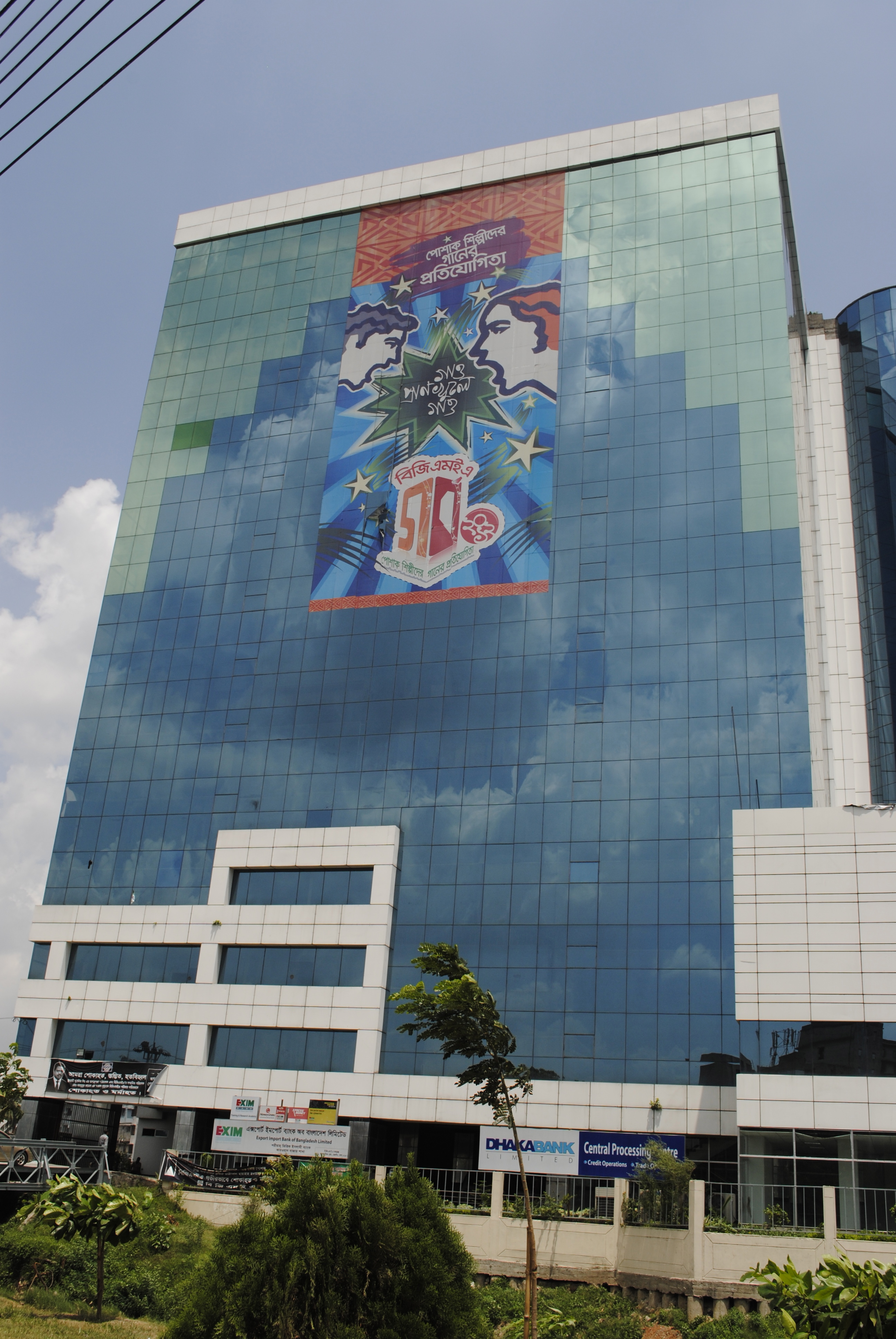
Improve Labor Conditions and Form Trade Unions
On the workplace and international front, workers’ rights advocates continue to vigorously fight for improved workplace conditions and safety for garment workers. One such advocate, Kalpona Akter, Executive Director of Bangladesh Center for Worker Solidarity, returned recently from a Walmart shareholder meeting in June 2013 urging them to sign on to the Bangladesh Safety Accord (Accord on Fire and Building Safety in Bangladesh).
Her organization plans to intensify their pressure on US retailers to hold them accountable for the safety of the garment factories and for compensation for the women who need assistance to support their families. She urges consumers to continue to protest and pressure these brands to do the right thing. Groups like United Students Against Sweatshops and 99 Pickets have been staging direct actions at Gap and Target. Walmart, Gap, Children’s Place, and Sears, among other US retailers still refuse to sign the Bangladesh Safety Accord, but instead they announced it would develop its own non-binding safety measures.
As our conversation winded down on how Americans can show solidarity with Bangladeshi workers and her organization’s work to get more retailers to sign the accord, she turns to the pictures of the Tazreen Factory fire that killed at least 117 workers. She said, sometimes, I feel “activist guilt” because I was unable to help these women, and prevent the Rana Plaza building collapse. But as she flipped through the pictures on her computer (you get the sense that she does this periodically) she’s given a renewed sense of purpose and energy for her fight. Given the scale of the tragedy, and the substantial battle needed to get Walmart and Gap to agree to safety measures, it makes sense that the workers’ suffering animates her struggle.
Support and Build Capacity for Worker Rights Groups
One is both inspired by the humility of workers I spoke with whose main concern is to support their families with dignity and Ms. Akter for her joyful optimism for social change in face of such devastating tragedies – Tazreen Factory fire and the Rana Plaza building collapse. In fact, Ms. Akter has been advocating for garment workers’ rights for years, first as a garment worker until she was blacklisted for organizing, and now in her role at the Bangladesh Center for Worker Solidarity. However, like many organizations working on the ground, she struggles for funding to keep her organization afloat. In the face of such tragedy, it is natural to want to provide immediate monetary relief directly to workers, and it is being done. However, for long-term care and advocacy for workers, organizations like the Bangladesh Center for Worker Solidarity and others working with workers like Sramabikash Kendra (Centre for Labor Education and Development), which plays a strong advocacy role with regard to policies that affect the lives of workers, should be supported.
In the coming months, it is extremely critical to continue to struggle for workers’ rights, both at the national and international levels, including encouraging the formation of robust and independent trade unions. It is also critical to provide comprehensive services and long-term care for workers unable to financially support themselves or their families. Fundraising efforts need to focus on building the capacity of organizations to be able to provide long-term care for workers. Symbolic as it may seem, there must be a place where workers can collectively mourn and heal from the trauma of this senseless tragedy in the form of a memorial.
As one sign reads at the site, the workers who died here are “shaheed” or their lives bear witness to this tragedy. Let us, too, not forget them.

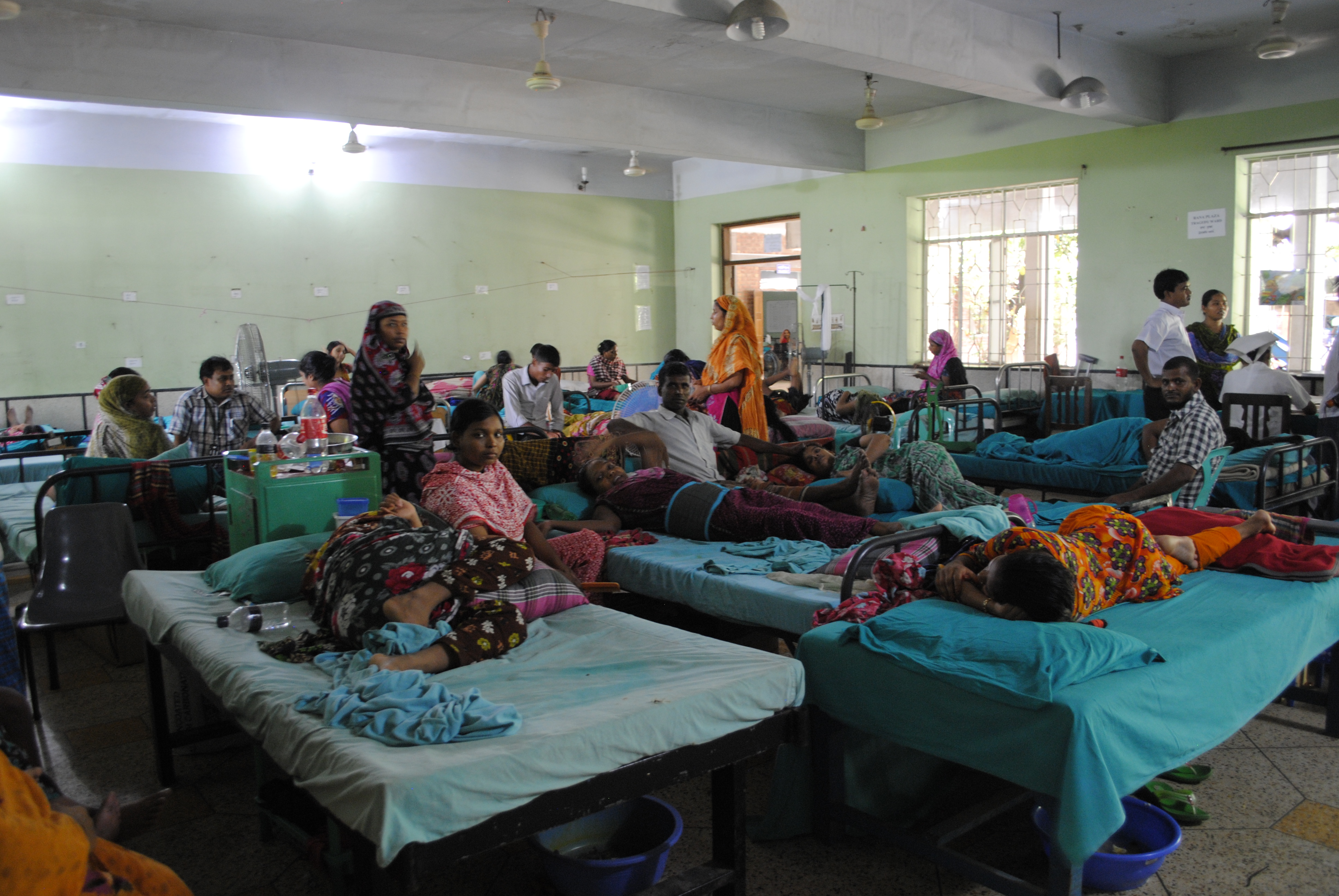
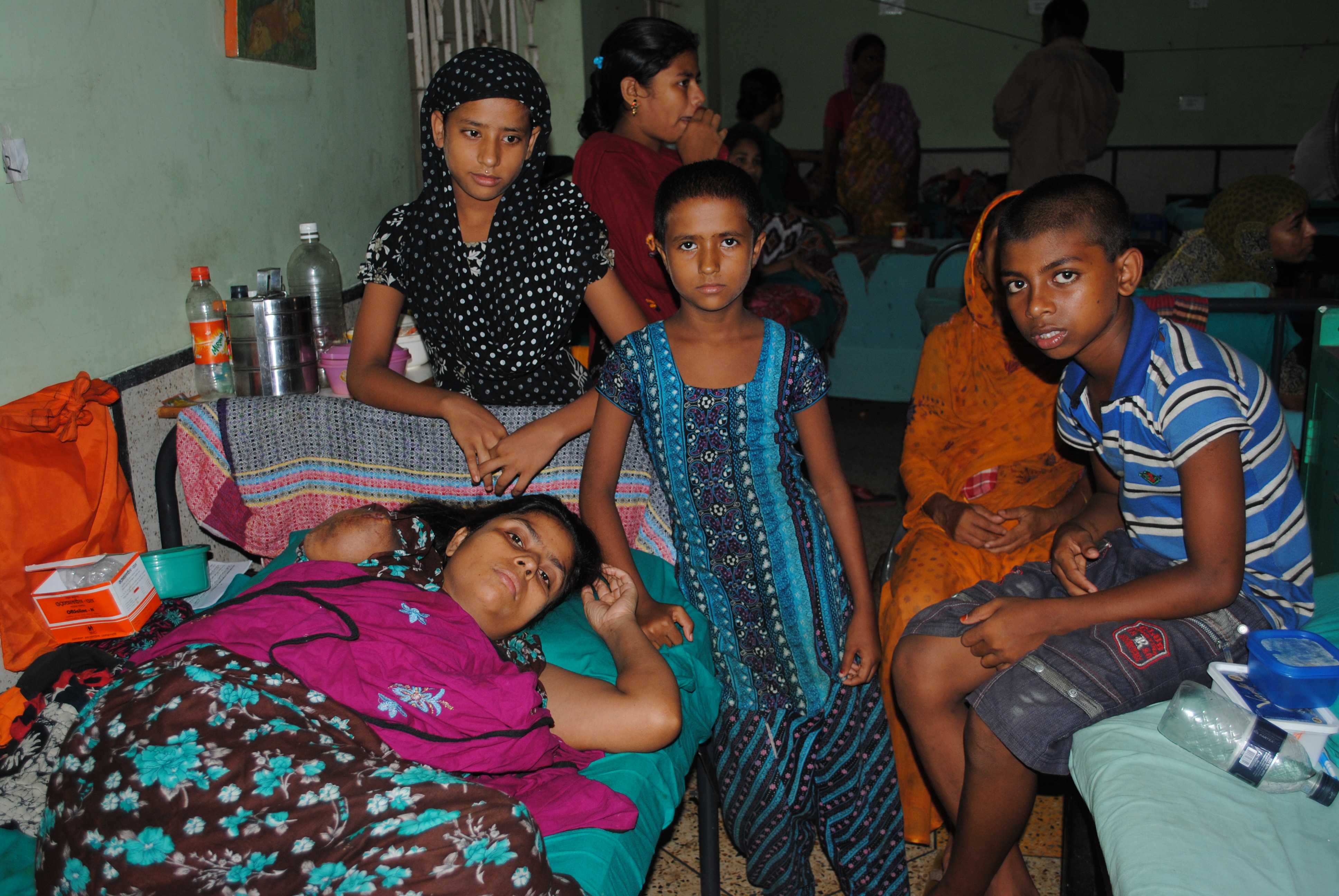
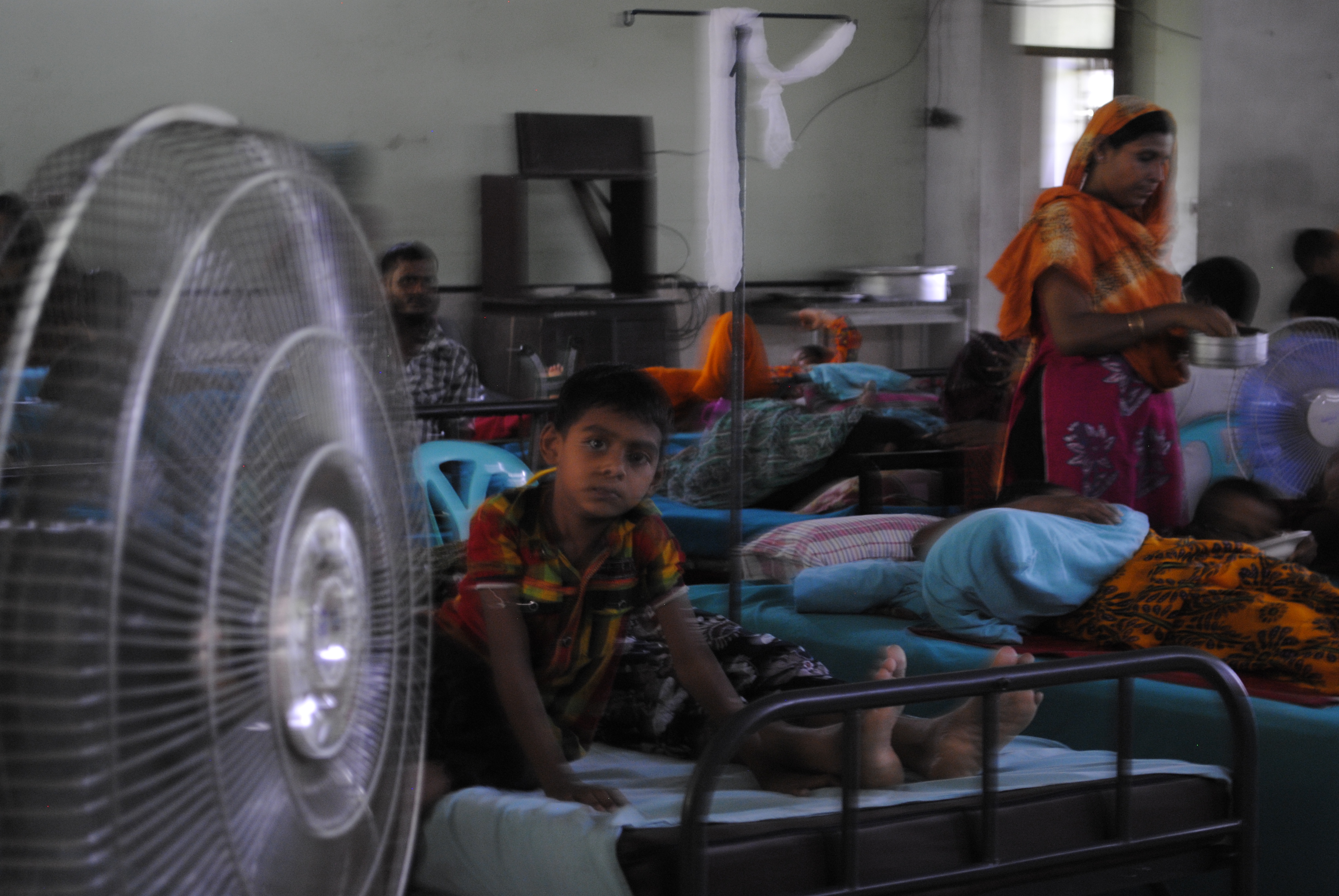
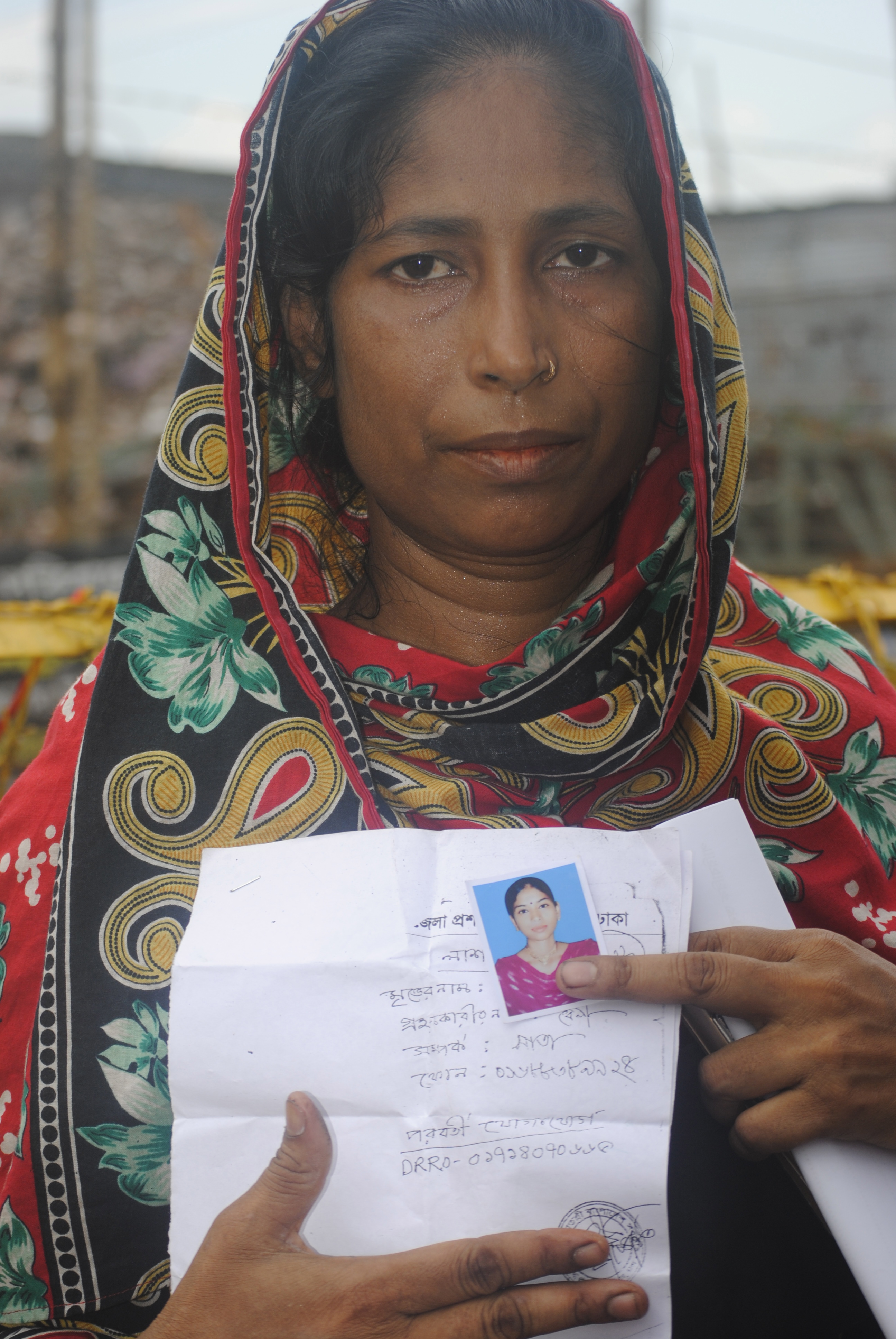
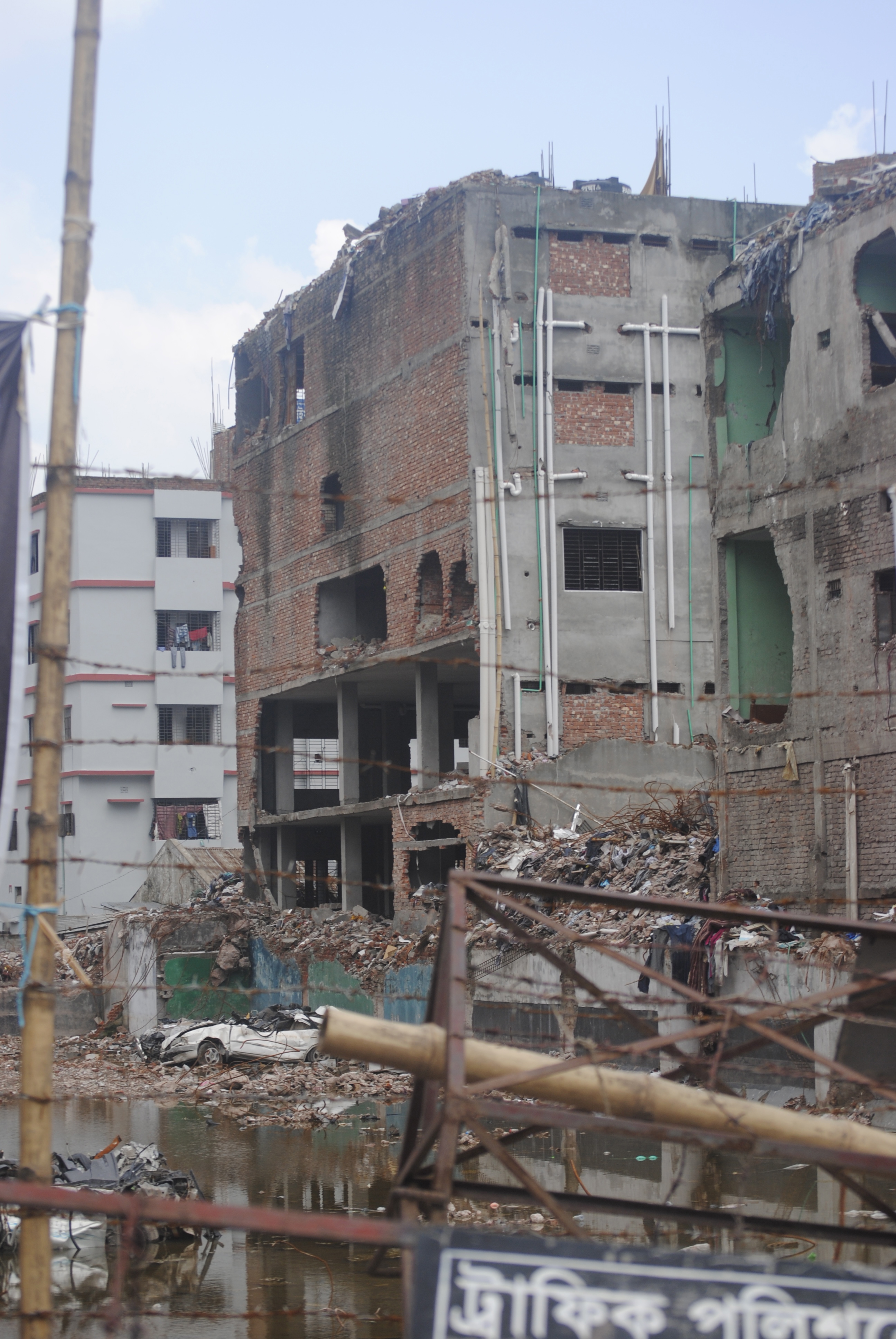
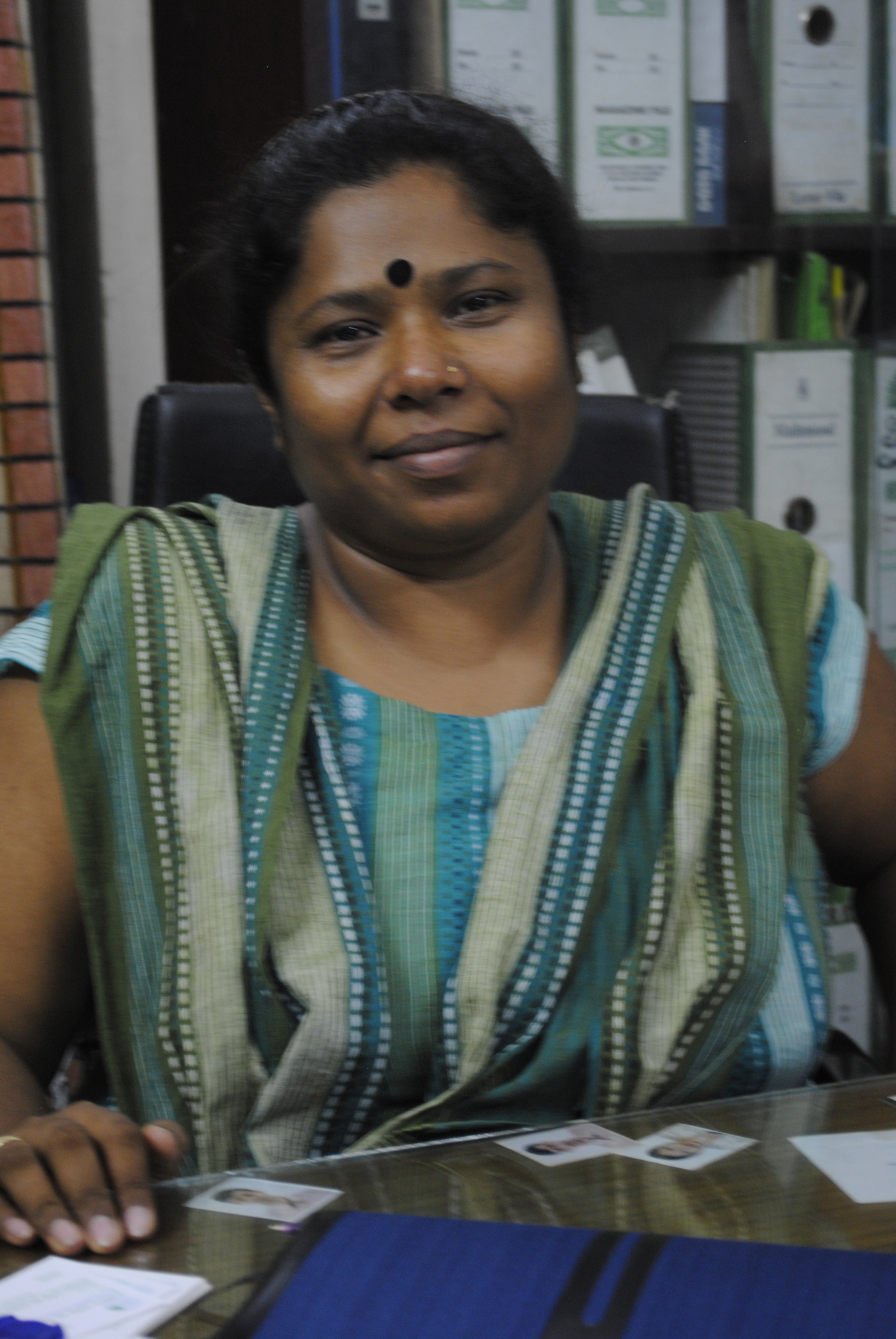
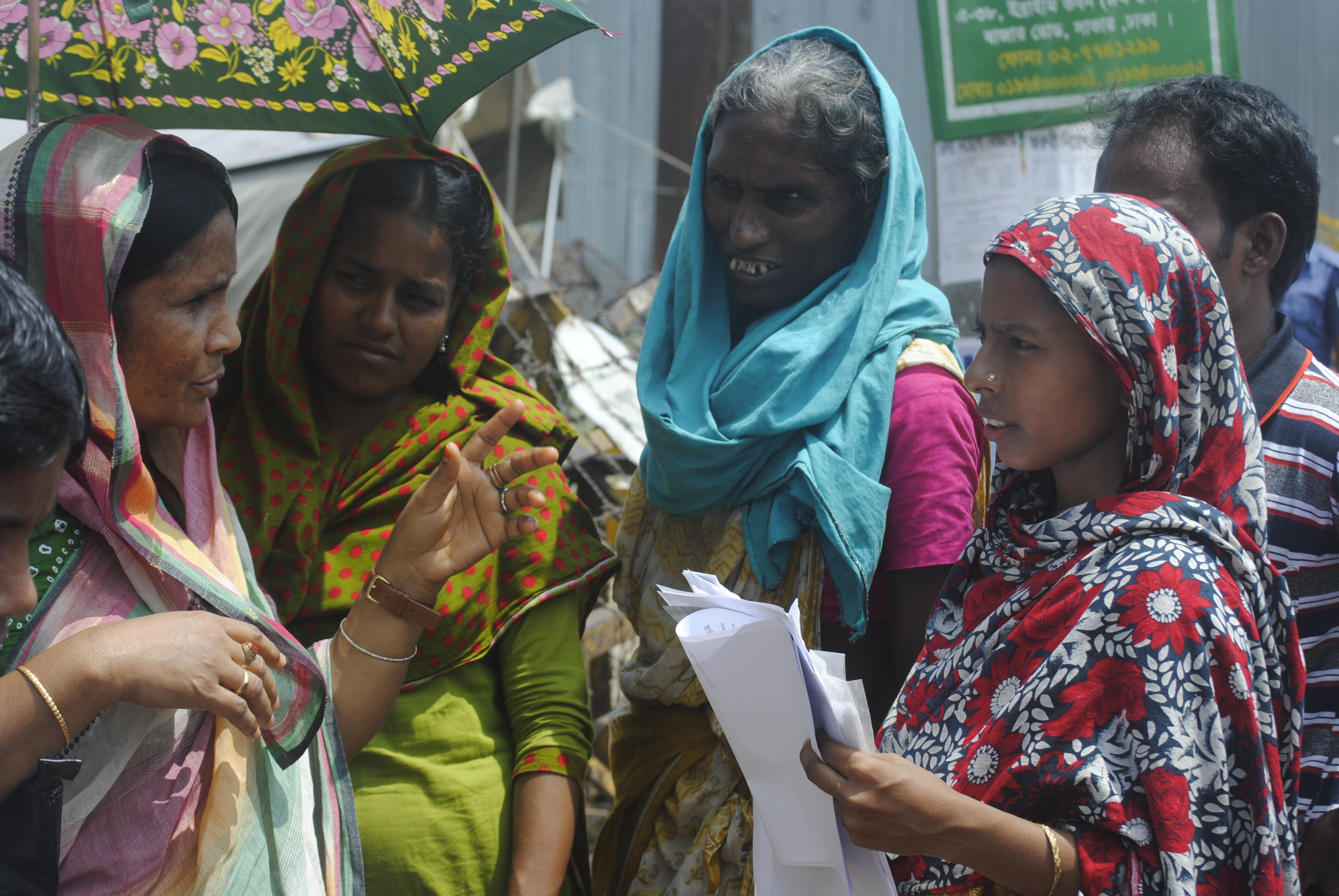
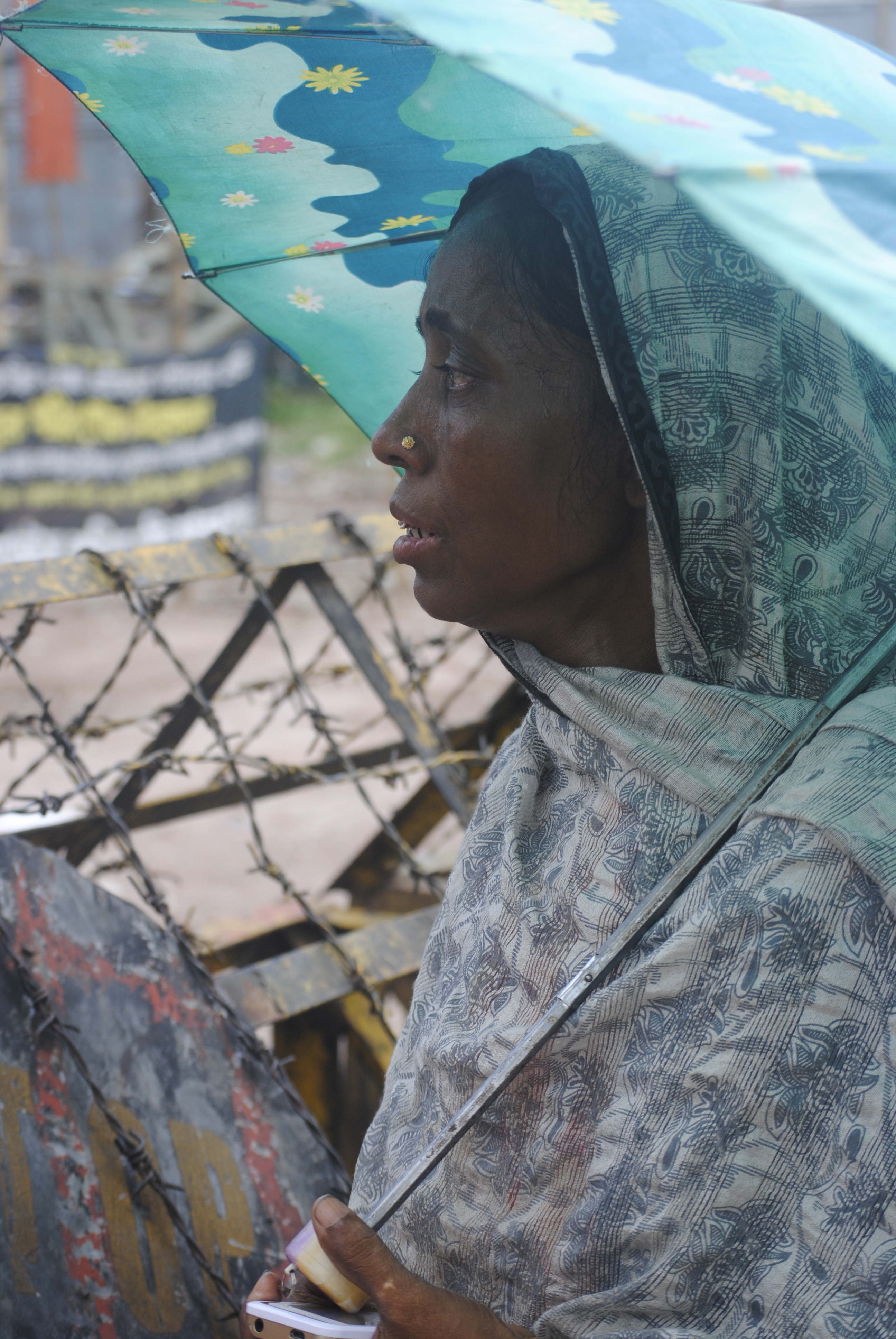
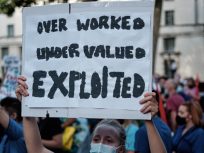



How can we financially support those in need?
You can donate to Bangladesh Center for Worker Solidarity. ILRF, link provided, is collecting donations on their behalf.
http://www.laborrights.org/creating-a-sweatfree-world/sweatshops/partner-spotlight-bangladesh-center-for-workers-solidarity
[…] https://staging.lawatthemargins.com/aftermath-of-the-rana-plaza-tragedy-social-and-health-issues-emerge-amid-… […]